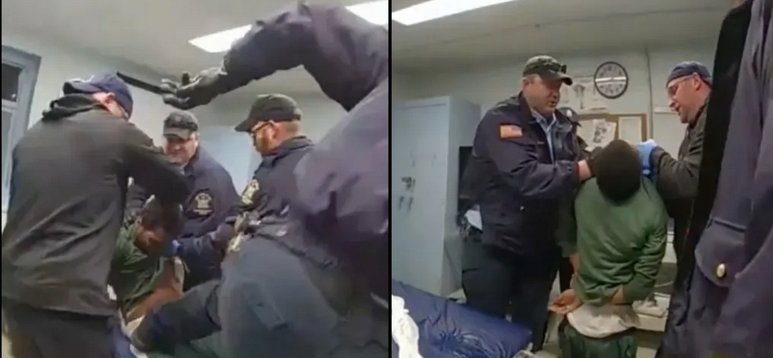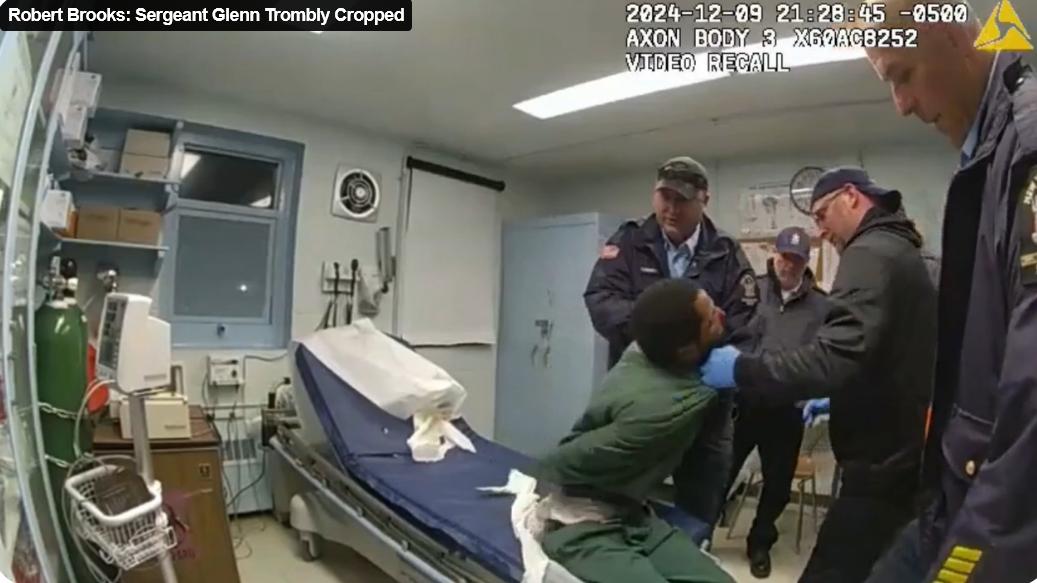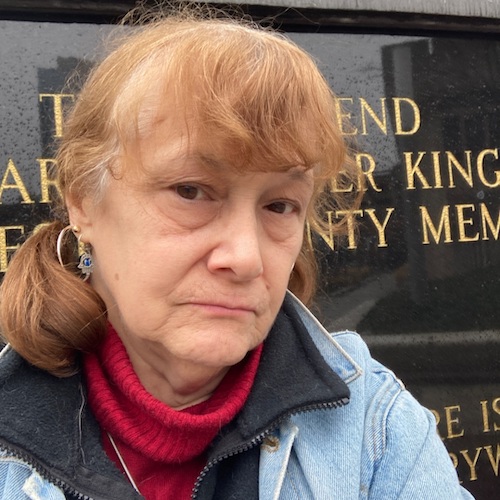[NYPD Complaint Database]
NYCLU: “One thing that immediately jumps out from the database is just how few officers are seriously punished when they abuse New Yorkers. The database contains information about 323,911 complaints about 81,550 different officers, but only 8,698 complaints – fewer than three percent – led to an NYPD penalty.”
Photo: YouTube
A newly released database, published by the New York Civil Liberties Union, is exposing more fully the extensive nature abusive racist policing that is condoned in the NYPD.
During the protests that followed the killing of George Floyd at the hands of police, thousands of protesters flooded the streets of New York City.
Those protesters were met by a lawless police force.
Videos quickly emerged of NYPD officers driving cars into protesters, shoving demonstrators to the pavement, unmasking a protester and shooting pepper spray into their eyes, beating people with batons as they tried to walk away from police, and trapping demonstrators before spraying them with clouds of peppery spray.
One of the many reasons for this rampant violence is that officers feel as though they answer to no one and their abuses can be kept secret.
Last week the NYCLU published a database that we hope will help end that sense of impunity. The database contains NYPD officer misconduct reports held by the New York City Civilian Complaint Review Board (CCRB), the independent agency that investigates complaints about police abuse of civilians.
It includes information about more than 320,000 misconduct complaints dating back to 1985.
The database holds records of all officers who have faced complaints from the public involving excessive force, abuse of authority, discourtesy, and offensive language. The records include the officer’s name, rank, precinct or other command, a brief description of the complaint, the CCRB’s finding about the validity of the complaint, and any discipline imposed by the NYPD.
One thing that immediately jumps out from the database is just how few officers are seriously punished when they abuse New Yorkers. The database contains information about 323,911 complaints about 81,550 different officers, but only 8,698 complaints – fewer than three percent – led to an NYPD penalty.
And although 20,826 complaints were substantiated, only 12 officers were terminated or dismissed by the NYPD, according to the dataset.
Until now, the police accountability process has been entirely at the discretion of the NYPD, which determines which CCRB investigations result in discipline and what information is revealed from that process. History has shown us again and again that the NYPD – and all other police departments – are unwilling to police themselves.
In recognition of this, and in response to the Black Lives Matter protests across New York, the state legislature finally repealed civil rights law 50-a, which was misused by police departments to hide the disciplinary records of abusive officers and to sidestep meaningful accountability.
After the repeal in June Mayor Bill de Blasio announced he would direct the NYPD to create a database containing information on all officers who have faced departmental charges for misconduct. The information in the NYCLU’s database comes from the CCRB, which announced, separately from the mayor, that it would publish a database containing complaints from the public.
The NYCLU obtained the full records of the database from the CCRB through a Freedom of Information Law request before a group of police, correction, and fire unions sued the Mayor and the CCRB to keep the database hidden from New Yorkers.
Initially, a federal judge barred the NYCLU from releasing the database, even though we are not a party to the suit and we obtained the information lawfully. But on Thursday, a federal appeals court ruled that the NYCLU could publish the database.
One of our reasons for publishing the database is that we hope it will help identify officers with long histories of substantiated misconduct. Seven high-ranking current NYPD officers, for example, have at least six separate substantiated complaints.
This is unquestionably valuable information that New Yorkers have every right to know.
The database provides a window into the abusive history of the NYPD that has been kept secret for decades. The release of this information is part of what we hope will be a new era of police transparency, accountability, and transformative change.






